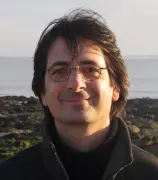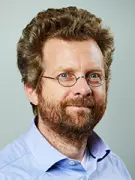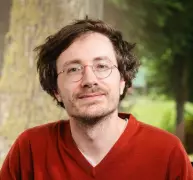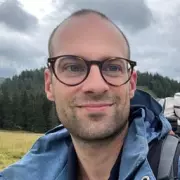– Europe/Lisbon
Room P3.10, Mathematics Building — Online

2-Segal sets as combinatorial models for algebras
Roughly, 2-Segal sets are simplicial sets such that higher-dimensional simplices can be uniquely described by triangulated polygons formed out of 2-simplices. In a sense that I will make precise, 2-Segal sets can be viewed as categorified associative algebras. As a TQFT Club member, you might ask, “Are there 2-Segal sets that correspond to (commutative) Frobenius algebras?” The answer is yes, commutativity and Frobenius structures come from asking the simplicial set to possess additional compatible structure maps. I’ll give an overview of these correspondences as well as some background as to how I arrived at this topic from the world of Poisson geometry. This is based on joint works with Ivan Contreras, Walker Stern, and Sophia Marx.



